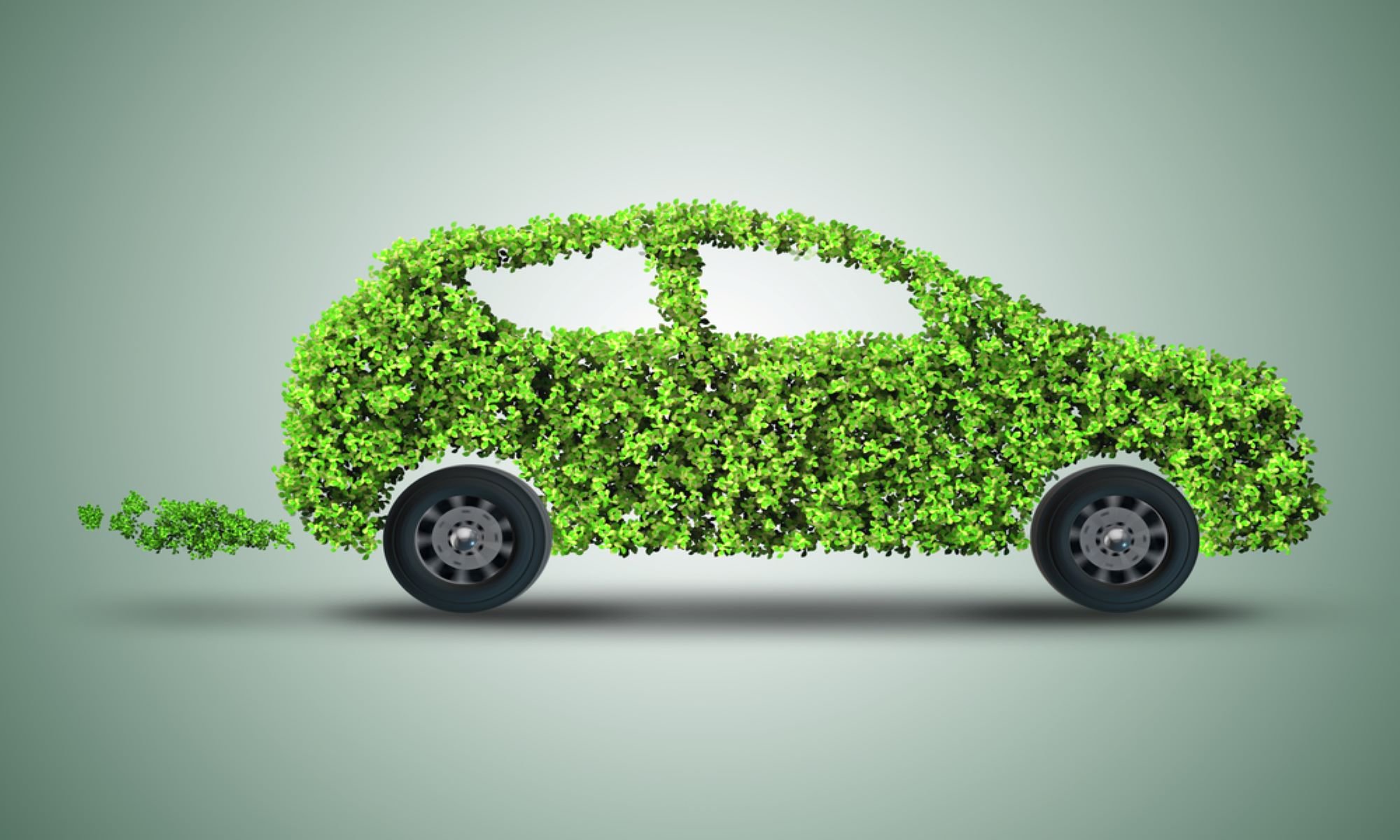
What can the driver of a vehicle do to reduce the environmental impact of their daily commute? Cars with gas-powered engines, which is still most cars on the road today, emit harmful greenhouse gases (GHG’s) into Earth's atmosphere via their tailpipes. According to a leading organization on climate change, the Union of Concerned Scientists, "...collectively, cars and trucks account for nearly one-fifth of all US emissions, emitting around 24 pounds of carbon dioxide and other global-warming gases for every gallon of gas [consumed]."
The primary GHG emitted from the tailpipes of cars is carbon dioxide, or CO-2. The sheer number of vehicles on the road leads to an excess of CO-2 and other GHG’s in Earth’s atmosphere. This accelerates global warming, leaves behind smog that settles over large cities, pollutes the air we breathe, and heightens the US' dependence on crude oil and other fossil fuels. Luckily, there are quite a few simple steps drivers can take to lessen their emissions and save money on their own fuel costs in the process.
> Invest in an electric or hybrid vehicle
Over the past several years, an increasing number of drivers have made the decision to reduce their personal carbon footprint by investing in either a low GHG emission plug-in hybrid vehicle (PHEV) or a fully electric vehicle (EV), which runs entirely on electric power and emits zero GHG emissions from the tailpipe. Consumer demand for EVs is rising each year as new technology is making EVs more affordable, and also more practical for daily use. Today’s EVs can be driven up to 300 miles on a single charge, and can be recharged in as little as a couple of hours. However, the cost to purchase an EV is still higher than a comparably equipped gas-powered vehicles, so if it’s not the right time for you to acquire an EV there are other easy steps you can take to reduce the carbon footprint of your current vehicle.
Click Here for more information on EV’s and PHEV’s.
> Regular maintenance visits and check-ups
Be sure to follow the manufacturer’s recommended maintenance schedule to keep your car in excellent mechanical condition. Doing so will increase fuel efficiency, reduce GHG emissions and ensure your vehicle’s safety and reliability. For example, air filters should be changed once every 15,000 to 30,000 miles. A dirty air filter can make the the air quality in your vehicle unhealthy to breathe, increase your vehicle’s GHG emissions, and allow dirt particles into the engine that will reduce your engine’s fuel economy and overall performance. You can consult your owner’s manual to find the manufacturer’s recommended maintenance schedule, and Fleet Services also provides all drivers with a Vehicle Maintenance Guide listing all of the services that should be completed at pre-determined mileage intervals.
> Filling your gas tank—the right way!
To prevent fuel evaporation, fill your gas tank during the cooler hours of the evening or early morning. Never “top off” your tank; instead, wait until you are near empty and fill to the top. Always make sure the fuel cap is tightly secured when you are done filling.
> Take care of your tires!
Keep your tires properly inflated and aligned. Doing so will help with gas mileage, lead to a smoother ride and extend the life of your vehicle. Properly inflated tires reduce your vehicle’s emissions because they take stress off the engine.
Click Here to read our recent article on how to inflate your tires.
> Plan your route ahead of time
Certain easy-to-use map apps, like Waze and Google Maps, will show you where there is heavy traffic on your route. Quickly planning your route using either of these apps on your smartphone or computer before you head out can help you to avoid traffic congestion so you do not waste gas sitting in a traffic jam.
> No Idling!
Turn off your engine whenever your vehicle is stationary for an extended period, such as in a drive-thru or waiting for a rendezvous. According to FuelEcomony.gov, “idling can use a quarter to a half gallon of fuel per hour, depending on engine size and air conditioner (AC) use…It only takes about ten seconds worth of fuel to restart your vehicle.”
> Accelerate gradually, maintain the speed limit, and use cruise control
Speeding, rapid acceleration and hard braking are driving habits that waste gas (and are not very safe). Start slowing down earlier as you approach stop signs and red lights. When the light turns green, accelerate gradually, as well as when you are entering a highway from the on-ramp. Maintain the speed limit either manually or by using cruise control and this will help you to conserve fuel. Fuel economy decreases rapidly at speeds above 50 mph, so making these efforts to conserve is even more cruical when on the highway.
> Avoid hauling heavy cargo
FuelEconomy.gov reports that, “an extra 100 pounds could reduce your MPG by about 1%.” Now, a one-percentage loss in fuel efficiency certainly does not sound like much, but when we’re talking about the environment, every little bit helps. Vehicles hauling excessive cargo emit greater GHG’s from their tailpipes. Road trips are a time you may need the cargo, but try to ensure your car is as light as possible when traveling around town.
Following these recommendations when you’re driving will help to reduce your vehicle’s carbon footprint without necessarily having to purchase an electric vehicle. Remember, when it comes to the Earth. every small action counts.
If you have questions about any of the information in this article, please feel free to Contact Us!




